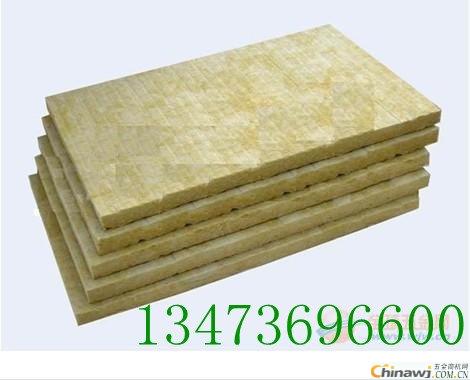Prospects for the future development of rock wool products Rock wool and mineral wool can be made into rock wool products such as rock wool board, rock wool strip, rock wool felt, rock wool blanket (rock wool felt) and rock wool tube. According to the main properties, various rock wool products are divided into: rock wool board, fireproof rock wool board, waterproof rock wool board, aluminum foil rock wool board, high density rock wool board and rock wool insulation board. Rock wool felt, rock wool seam felt, steel mesh rock wool felt. Rock wool tube, waterproof rock wool tube, fire rock wool tube, aluminum foil rock wool tube. Rock wool is a type of mineral wool. Rock wool is a fluffy short-fiber cotton made of natural rock such as basalt, gabbro, dolomite, iron ore, bauxite and other main raw materials. The natural rock, ore and other raw materials are melted in a cupola or other kiln (temperature below 2000 °C), and blown and quenched into a fiber shape by a pressure of 50 atm. Or use the silk method to drop the melt stream on the multi-stage rotary rotor, and smash into fibers by centrifugal force, the diameter is generally 3 to 9 microns, the bulk density is 50-200 kg/m^3, and the thermal conductivity is 0.029-0.046 at normal temperature. W/m? open, 0.111~0.145 W/m below 600 °C, non-combustible, not mildew, not smashed. According to the temperature of use, ordinary rock wool; high temperature rock wool. High quality rock wool is resistant. Used in single crystal furnace, metallurgical casting, petroleum cracking and space technology, ablation resistance, high temperature insulation materials; sound absorbing materials and heat insulation materials for construction and equipment; and natural asbestos substitutes for cement products, rubber reinforcement materials and high temperature Sealing materials, high temperature filter materials and high temperature catalyst carriers.
The factory specializes in the production of fireproof rock wool board, thermal insulation rock wool board, waterproof rock wool board, glass wool board, rock wool composite board glass wool composite board Contact: Zhang Jialin 13473696600
Rockwool performance characteristics 1. Thermal insulation performance: good thermal insulation performance is the basic characteristics of rock wool and slag cotton products. Under normal temperature conditions (about 25 °C), the thermal conductivity of rock wool is usually between 0.03 and 0.047 W/(moK). between.
2. Combustion performance: The burning performance of rock wool and slag cotton products depends on the amount of flammable adhesive. Rock wool and slag cotton are inherently inorganic mineral fibers, which are non-flammable. In the process of processing into products, sometimes organic binders or additives are added, which have certain effects on the combustion properties of the products.
3, sound insulation performance: rock wool, slag cotton products have excellent sound insulation and sound absorption performance, the sound absorption mechanism is that this product has a porous structure, when the sound wave passes through the friction of the flow resistance to produce a part of the sound energy It is absorbed by the fiber, which hinders the transmission of sound waves.
Rockwool application:
Since the 1970s, rock wool has been widely used in the construction, industrial equipment, pipelines, kiln insulation, fire prevention, sound absorption, earthquake resistance, metallurgy, machinery, building materials, petroleum, chemical and other industries. The worst thermal insulation material in thermal materials of rock wool insulation products.
Technical performance technical indicators Remarks Thermal conductivity W / (mk) 0.026-0.035 normal temperature slag ball content % (particle diameter) below 0.2510 in line with GB11835-89
Non-combustible A meets GB5464
Fiber diameter (μ) 4-7
Working temperature (°C)-268-700
Acidity coefficient>1.5SiO2+Al2O3CaO+MgO
Moisture absorption rate (%) <5
Density tolerance (%) ± 10 in line with GB1183 
Prospects for the future development of rock wool products?